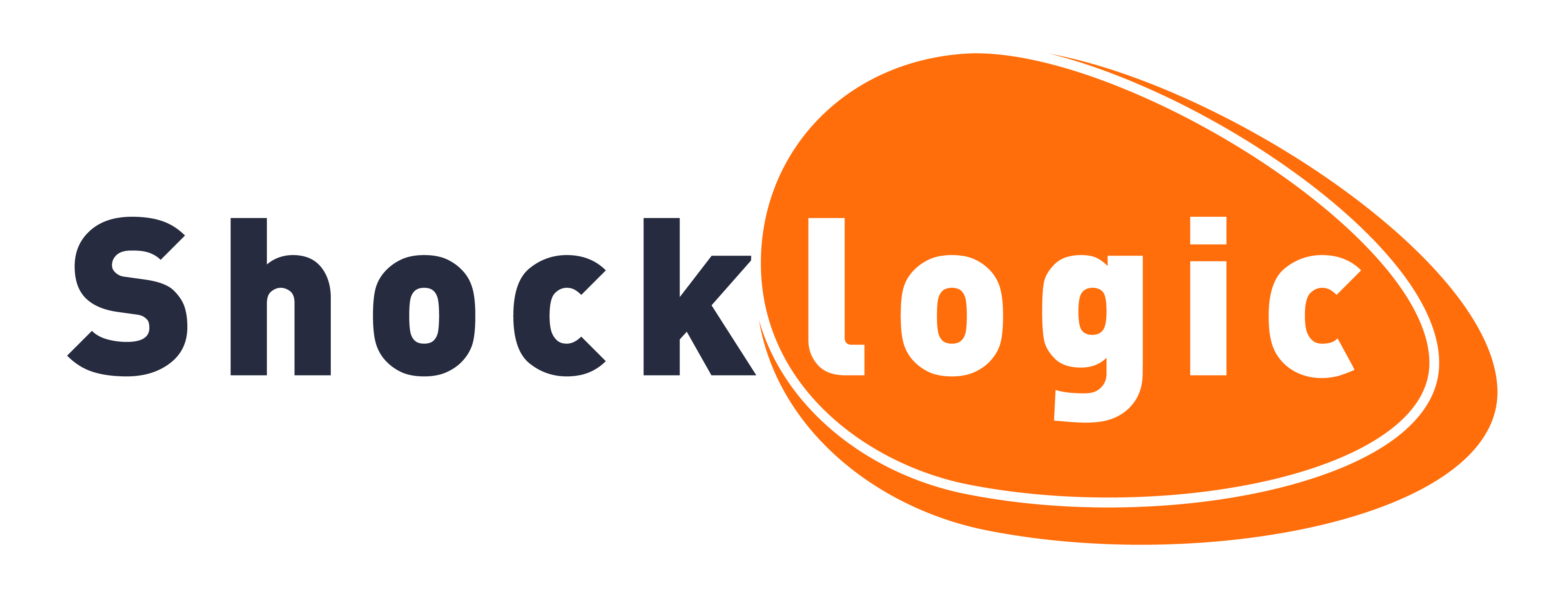Since the COVID-19 outbreak, we have all been focusing on finding new ways to deliver our events. This is a chance for us to really support each other, and be creative. At Shocklogic, we definitely don’t believe that cancellation is the only option – we believe that the solution is virtual.
However, having a simple web stream is no longer enough. Attendees now demand a more robust virtual experience, which means that event planners and speakers need to work harder to keep their audiences engaged. It is important to think carefully about how to communicate effectively, and engage with your remote participants. Crafting a unique hook for your virtual event can help draw your target audience in.
The Shocklogic team have been implementing virtual and hybrid meetings with our partners across the globe, for the past few years. A hybrid meeting combines a standard in-person meeting in a physical location, with an online component for remote attendees. Hybrid events are great opportunities that blur the line between physical and virtual. It creates an environment where delegates can participate in Q&A sessions, interact with the speaker, and have a flowing streaming experience.
If you are organising a hybrid event, we have some points for you to consider below.
Begin with the end in mind
Stephen Covey, the author of “The 7 Habits of Highly Effective People” suggests that “to begin with the end in mind means to start with a clear understanding of your destination. It means to know where you’re going so that you better understand where you are now and so that the steps you take are always in the right direction.”
In other words, organisations can significantly increase the success of a hybrid event if they add hybrid elements from an early stage. This can generate stronger outcomes than those that add hybrid components later in the process.
Meeting professionals believe hybrid meetings are expensive.
They often raise the issue of price, which conflicts with the potential for substantial cost savings. There are few indications that meeting professionals are weighing total production costs against expenditures.
Sometimes organisations approach hybrid events as an ‘advanced expensive tool’, however, factors such as travel costs and time can substantially cut off the cost of the total production.
In terms of both attendees and organisers, time can be an invaluable cost that can be saved by using hybrid events.
Hotels, flight tickets, transport and food expenses can significantly start adding up when the attendees are traveling from different regions of the world. Utilising a virtual streaming tool can help you control and decrease the overall costs by bringing everyone together, only with one click.
Hybrid events create a legacy after the event. Only 50% of event professionals say they record conference content for on-demand access.
Organisations recognise the value of sharing content with people who are unable to attend onsite. When it comes to online streaming, hybrid events can help the reach of an event beyond the confines of a physical venue, and time, and attendees can view the event and interact long before the event takes place.
Meeting professionals who organise hybrid events must recognise their diverse audiences, which have different needs.
Most attendees would prefer the virtual experience of a hybrid event to resemble a talk show or other television format, but most event organisers produce hybrid events in traditional lecture formats.
However, hybrid not only refers to the mix of live and online, but also it implies multiple elements such as language, participants, speakers, and interpreters, which can be mixed and matched to perfectly suit the organisers’ objectives for any particular event.
Creating a clear and compelling story and video script keeps the audience tuned in, and using high quality videos can enhance the overall experience.
It’s even more important to train speakers for hybrid events than for face-to-face.
The attention span of remote attendees is shorter, therefore speakers must be more engaging. They must acknowledge remote attendees by looking at the camera. The loss of physical presence requires speakers to develop new skills to engage.
Content is still king when it comes to organising an event. So, getting the messaging right and using technology to aid delivery can help deliver successful outcomes for your event.
It is important to ensure that both audiences and speakers are engaged and feel included by instructing speakers to address the camera. Speakers can also actively invite people to send in questions and comments, and include discussions, exercise or games.
Meeting professionals are measuring hybrid events in the same ways as traditional events.
Compared to traditional events, digital event tools such as Google Analytics, Feathr or social media analytics allow the collection of far more in-depth data that, if used effectively, can facilitate more output-driven metric. These metrics can help understand the engagement of the attendees and the overall performance of the event.
Greg Oates, an author for the hospitality industry, put it well when he said “Events no longer exist in a single time and space.” A hybrid event definitely increases the lifecycle and overall reach of an event.
If you would like to know how you can set up your own virtual or hybrid event, please contact the Shocklogic team.
Written by Lorena Fasui, Digital Marketing Associate, Shocklogic

